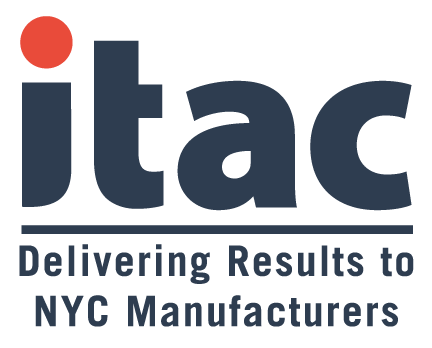The following information is provided by Withum. Visit Withum’s COVID-19 Resource Center for insights to help you and your business during this challenging time. Check out Withum’s Podcast Civic Warriors, a voice for nonprofits – Also on Spotify and Apple Podcasts!
New FAQ on rehiring employees: There is a new FAQ #40 that addresses rehiring employees. The FAQ indicates that an new Interim Final Rule will be issued to address laid-off employees; if an employee was laid off and the borrower makes a good faith effort to rehire them, but the employee refuses to return, the Borrower will not need to consider that employee when completing the loan forgiveness calculation. This means employers can ignore that employee for the purpose of calculating reductions of FTEs and salary reductions during the covered period. This is significant because until now, most thought that the borrower would need to hire someone else to “replace” the headcount. However, note that amounts not spent with regard to the laid-off employees will need to be repaid unless the money is appropriately spent on other forgivable expenses. Also note that the FAQ addresses laid-off employees, and it is not clear whether the interim final rule will also apply to furloughed employees.
Controversy regarding deductibility of PPP expenses: Last week it was widely reported that the IRS issued clarification that expenses incurred which were funded by PPP loan proceeds were not deductible. To us, this made sense, if the forgiveness of the loan was not includable in income, then the related deduction should also not be includable as an expense. At least one member of Congress has indicated that they are trying to fix this legislatively. It would be significant if the expenses were deductible because it would lead to a double tax benefit – excludible income and deductible expenses that were paid for by the government. Stay tuned.
New Stats on second round of PPP funding: PPP loans continue to fund at a rapid pace, as of 5/1 $175B of $300B have been allocated to new borrowers. The SBA has released new statistics from 4/27 to 5/1 on what loans have been funded. Clearly the goal of getting more money to small businesses have been achieved when comparing to prior statistics. Here are some observations:
- Average loan size of the second tranche of funds is $79k vs $206k in the first tranche.
- California again is the leading recipient of funds with $33B
- 70% of loans issued were for less than $50k while only 1% were for loan amounts above $1M
- Three banks issued 9.8% of all approved loans.
Data from the public markets – There is not a lot of data available in the private markets on who received loans, and which banks processed them. Based on the fact that public companies are required to disclose these debt facilities, we are able to get a bit more granular as to what industries received funds, and which banks handled the most volume. This link provides some interesting insights into how the process went. To be clear, we have no judgment as to whether or not public companies were eligible for the funds (obviously a topic of public debate recently) but we wanted to share the data points for those who are interested.
Confirmation on taxability of deductions – The IRS provided formal guidance yesterday which confirms our suspicion, expenses that were funded with PPP proceeds will not be deductible, and the forgiveness of the PPP loan is not includable in income. In theory this should mean that the loan is a “push” from a tax perspective. That said, if employees whose salaries were funded with PPP money were still productive, that could result in your Company having taxable revenue and limited costs of revenue during the period, thus more taxable income than you would normally have. This is likely not a meaningful concern now, but something for companies to consider in connection with estimated tax payments.
For those who didn’t get the PPP – Reminder on Employee Retention Tax Credit: The Employee Retention Tax Credit (ERTC) is available to those who did not receive PPP loans. The IRS has issued a set of FAQs that provides some fairly clear guidance on who is eligible and how one can benefit from the credit.
The ERTC generally is available to employers who had either fully or partially suspended operations during any calendar quarter in 2020 due to COVID OR experienced a significant decline in gross receipts during any calendar quarter. A significant decline is defined as gross receipts in 2020 being less than 50 percent of the company’s gross receipts for the same calendar quarter in 2019.
The credit equals 50 percent of the qualified wages (including qualified health plan expenses) that an Eligible Employer pays in a calendar quarter. The maximum amount of qualified wages taken into account with respect to each employee for all calendar quarters is $10,000, so that the maximum credit for qualified wages paid to any employee is $5,000.
For some companies this can work out to a fruitful cash flow benefit. We recommend you speak to your service team or your payroll provider to learn more. This also raises an interesting issue for businesses that obtained a PPP loan but ended up returning it for one reason or another. Technically, the fact that a PPP loan was obtained prevents them from claiming the ERTC, but certainly there is an equitable argument to be made that no PPP loan was obtained.
“Grace period” extended and SBA commits to new guidance on eligibility– FAQ 43 was released last night, indicating that the May 7th deadline for companies to return PPP funds without penalty if they have determined they are not eligible has been extended to May 14th. The big news is that the SBA committed to providing “additional guidance” on how it will review the certifications made in the application prior to May 14, 2020. This could mean that the SBA will further clarify (and possibly narrow) the scope of what they meant by the concept of “economic uncertainty.” This is something that Borrowers will need to closely consider.
Clarification on Foreign Affiliates – FAQ 44 was released last night and clarified that, for the 500 employee limit, the employees of foreign affiliates need to be included. This is important because many companies were under the impression that only US employees were considered when it came to affiliation guidance. Thus, if a company had a foreign subsidiary, those employees will now need to be included for the purpose of the 500 FTE headcount limitation. Keep in mind, the 500 employee limit considers ALL employees as a full employee. So a part time employee is considered 1 person for the purpose of this calculation. This may require some companies to re-evaluate their eligibility.
The debate on deductibility continues (for profit tax payers)– Mnuchin was on record today re-affirming his view that he does not believe that the expenses paid with forgiven PPP funds are deductible. This is after at least one member of Congress indicated last week that they intend to ensure that businesses do in fact get the deduction. We will continue to monitor this as it has significant consequences from a tax perspective.






